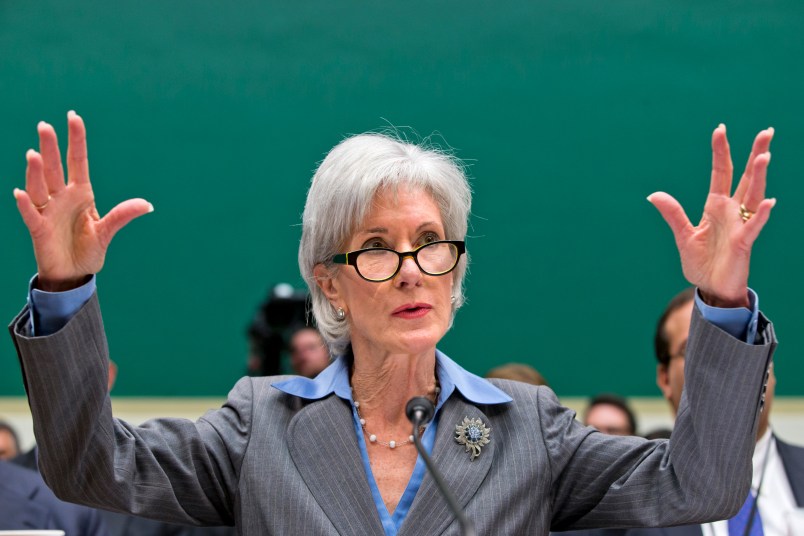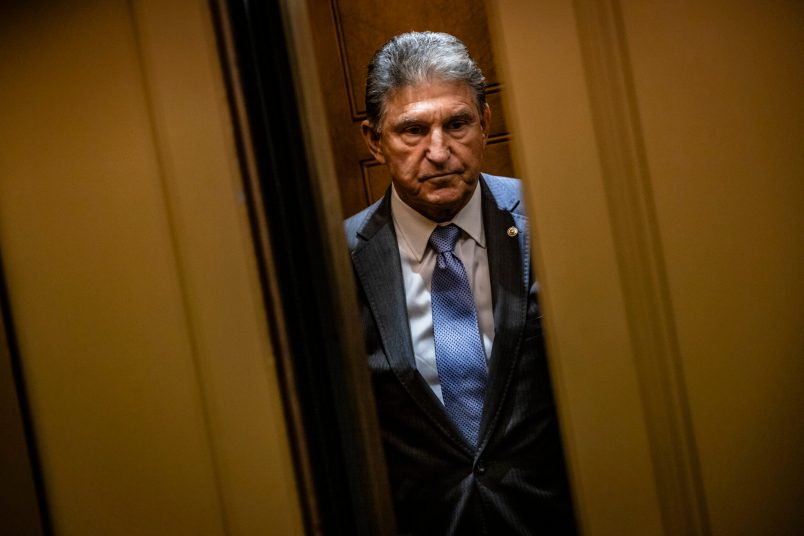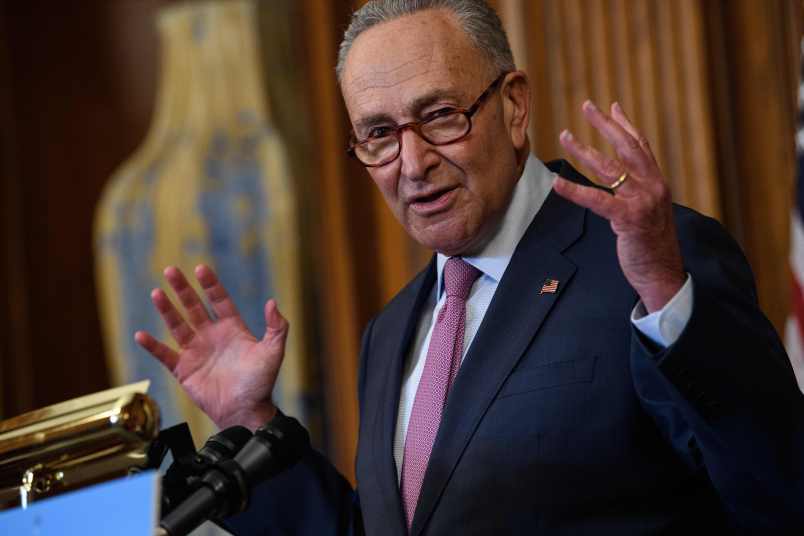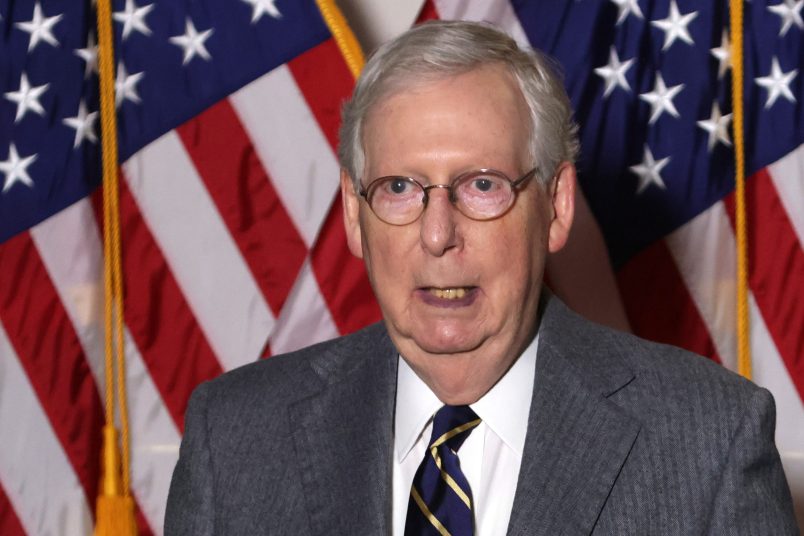This week, the Obama administration will release its first official data on how many people have enrolled in health insurance under Obamacare.
The figures are highly anticipated. Reporters and members of Congress have been seeking them doggedly, only to be shut down by administration officials. It will be the first official check-up on how the health reform law is doing in actually getting people to sign up for its product.
If nothing else, we’ll likely get a top-line number: Here are the number of people who have enrolled in coverage in the first month. That will tell us something, but how much can really be learned depends on how much additional information the administration releases.
Policy wonks aren’t particularly optimistic that there will be much to glean from this week’s data dump. So here’s a useful way of thinking about the numbers.
The administration was expecting 500,000 enrollments in October.
Before HealthCare.gov and the state-run marketplaces launched Oct. 1, the Obama administration said internally that it was projecting 500,000 enrollments in the first month, according to the Associated Press.
That was before the federal website’s disastrous launch, which significantly limited people’s ability to sign up for coverage, and nobody expects the number released this week to approach 500,000.
For context, though, that was the baseline before the rollout went awry.
According to supporters, no enrollment number is too low.
So if this week’s data doesn’t approach the administration’s own projections, is there a point where it’s time to panic? Less than 250,000? 100,000? When should the White House start freaking out?
Obamacare supporters say that freak-out threshold doesn’t exist. Health and Human Services Secretary Kathleen Sebelius told Congress last week that the administration expects the enrollment numbers to be “very low” because of the website’s problems. So they’re already prepared for disappointment, and, at least publicly, they’re not panicking.
“I think there’s no number that’s too low,” Tim Jost, a Washington and Lee law professor and supporter of the law, told TPM. “The main thing that we’re going to learn is that the website isn’t working.”
There are still sticky questions about how the law’s troubled rollout affect its long-term prospects — Will people who were frustrated with HealthCare.gov be less likely to return in the future? — but those queries can’t be readily answered by whatever data the administration releases this week.
“There really is no top-line story — except that there is no story,” Jonathan Gruber, an MIT economist who helped write the law, said in an email. “It is too early to say anything coherent about how things are going.”
Everybody agrees: There’s still time to get people signed up.
Whatever the enrollment data say, it’s likely the worst-case scenario for Obamacare. It’s hard to imagine the subsequent months going any worse than the first one has. The administration has pledged to get the website fixed by the end of this month.
Even prior to the website’s launch, administration officials were managing expectations, consistently telling reporters that they expected early enrollment to be slow and then pick up before Dec. 15 (the last day to sign up for coverage that starts on Jan. 1) and March 31 (the last day to sign up, period). They used the example of health reform in Massachusetts as their evidence.
A new analysis by Avalere Health, an independent consulting firm, concluded that the state-run marketplaces are performing about on par with Medicare Part D, which also saw slow initial enrollment. So as long as the federal website gets fixed and enrollment picks up as expected, there’s still time to get on track.
Exchange enrollment #s expected this week will be low, but there is lots of time to get ppl in. Part D had only 10% enrolled by end of Nov
— Caroline Pearson (@CPearsonAvalere) November 11, 2013
That internal memo with the 500,000 figure also projected a significant uptick after the first month. The administration was aiming for 3.3 million enrollments by Dec. 31 — meaning about 85 percent were expected to occur during November and December.
There just isn’t much to learn from a top-line number.
It’s possible that the administration won’t release anything other than a single figure: X number of people have enrolled in coverage. But that wouldn’t actually tell us very much, experts told TPM.
It matters whether those people enrolled in private coverage or Medicaid (for what it’s worth, some states have seen their enrollments tilted significantly toward Medicaid). It matters where they signed up — each state has its own risk pool that needs to be balanced. It matters what the age breakdown looks like — the administration needs about 40 percent of those signing up for private coverage to be young and healthy.
Wonks aren’t optimistic that the administration will release the additional information that would flesh out the enrollment picture, at least this week.
“I have no high hopes,” Avalere Health’s Caroline Pearson told TPM. “I think in terms of demographics, they’ll withhold as much as possible.”
So we’ll learn something this week about how Obamacare is doing — but we probably won’t know everything.









